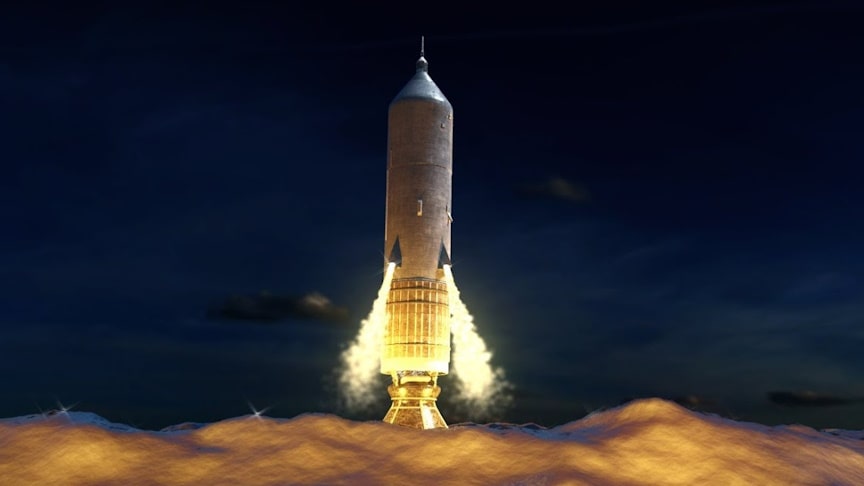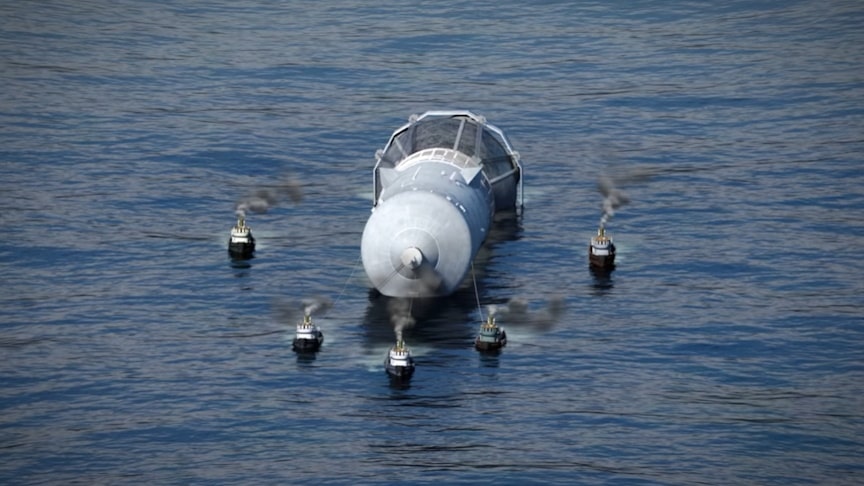Sea Dragon was a 1962 concept for a reusable, two-stage, sea-launched carrier rocket. The project never materialised as NASA’s Future Projects Branch was shut down in 1965. It would have been the largest rocket ever built.
source.image: Hazegrayart
With dimensions of 150 m (490 ft) long and 23 m (75 ft) in diameter, Sea Dragon would have been the largest rocket ever built. The Sea Dragon was a 1962 conceptualized design study for a two-stage sea-launched orbital super heavy-lift launch vehicle. The project was led by Robert Truax while working at Aerojet, one of a number of designs he created that were to be launched by floating the rocket in the ocean.
source.image: Hazegrayart
Yhe rocket would be built at a sea-side shipbuilder and towed to sea for launch. It would use wide engineering margins with strong simple materials to further enhance reliability and reduce cost and complexity. The system would be at least partially reusable with passive reentry and recovery of rocket sections for refurbishment and relaunch.
Advertisement
The first stage was to be powered by a single 36,000,000 kgf thrust engine burning RP-1 and LOX (liquid oxygen). By this point the vehicle was 25 miles (40 km) up and 20 mi (32 km) downrange, traveling at a speed of 4,000 mph.
The second stage was also equipped with a single very large engine, in this case a 6,000,000 kgf thrust engine burning liquid hydrogen and LOX. To improve performance, the engine featured an expanding engine bell, changing from 7:1 to 27:1 expansion as it climbed. The overall height of the rocket was shortened somewhat by making the “nose” of the first stage pointed, lying inside the second-stage engine bell.












